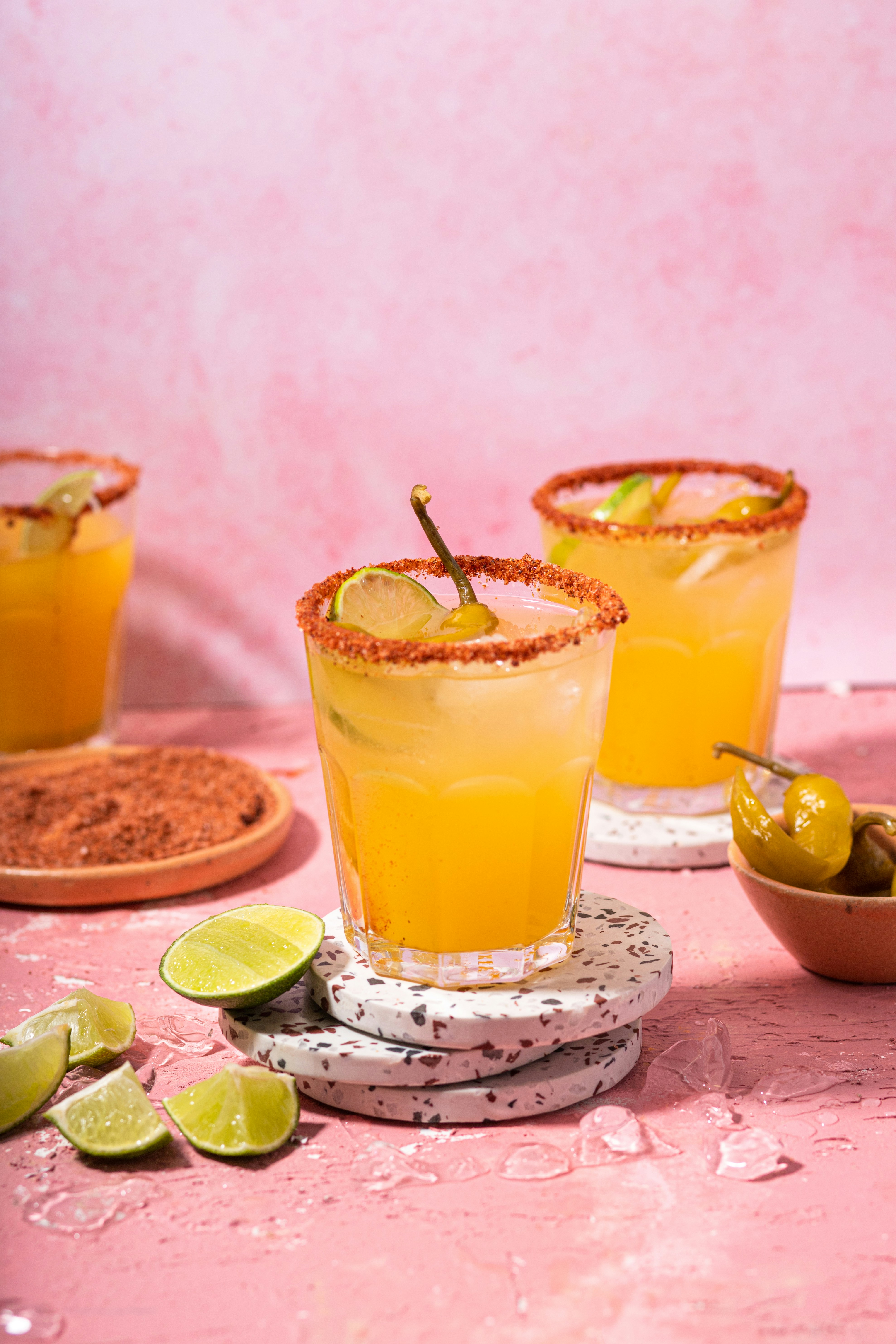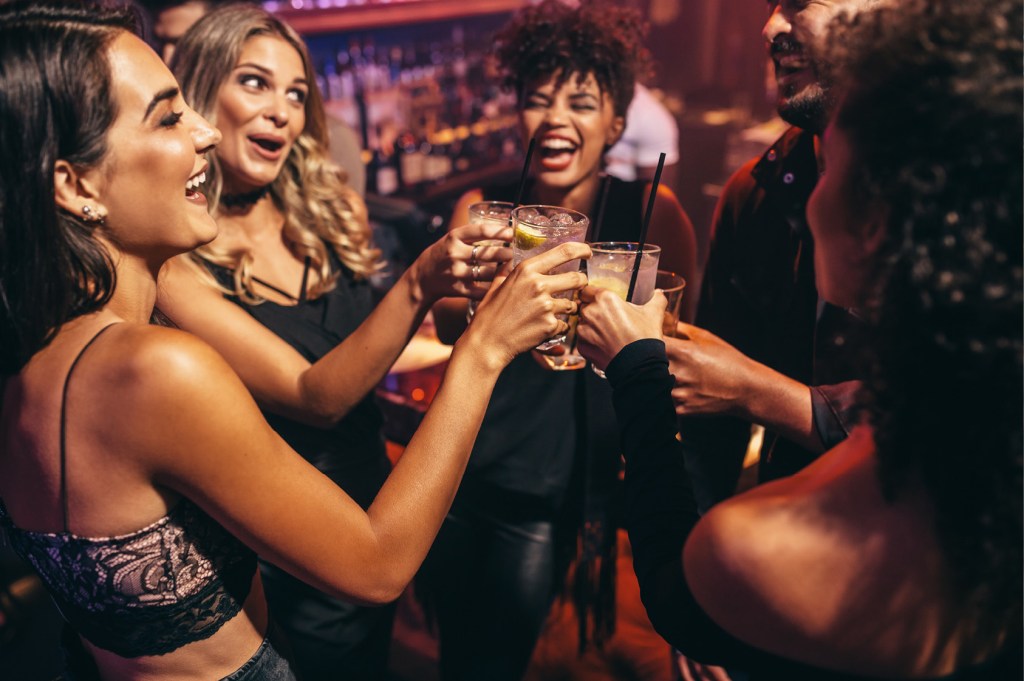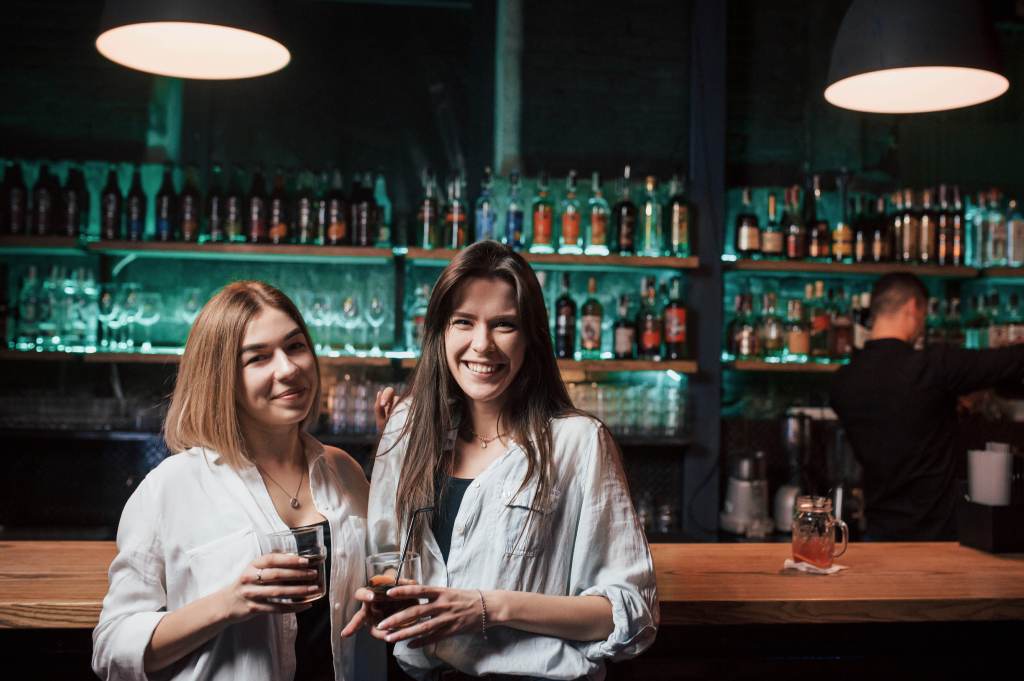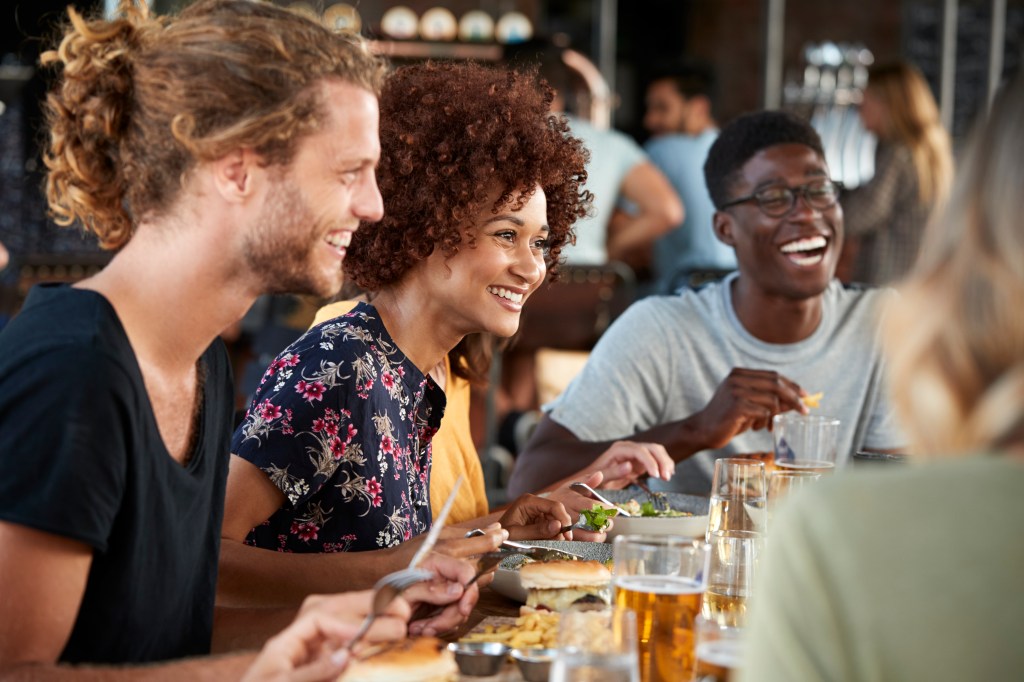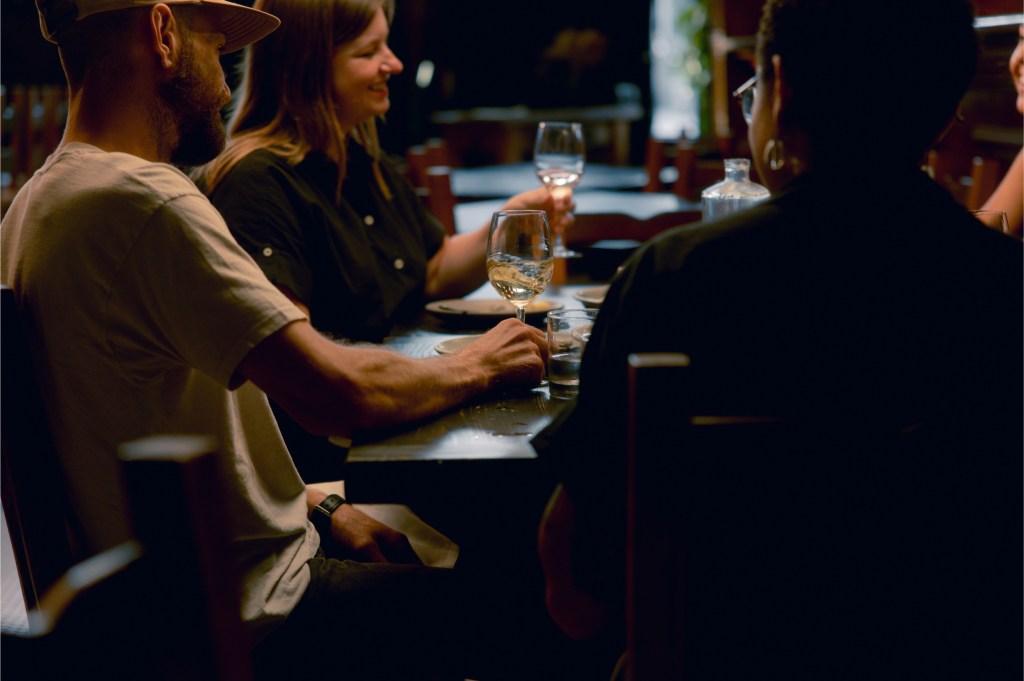Consumers’ On-Premise habits are changing fast —so what should suppliers do to respond? Understanding the demanding and dynamic sector is crucial to pinpoint growth opportunities.
Content
REACH around the world
Top global insights from NIQ’s REACH consumer study were shared at a recent webinar ‘How brands can win in the On-Premise in 2025 and Beyond’, hosted by On-Premise experts Managing Director – International Markets Jonny Jones and Global Head of Insights and Consumer Research Charlie Mitchell. Here are ten of the top takeaways.
Watch the recording on-demand.
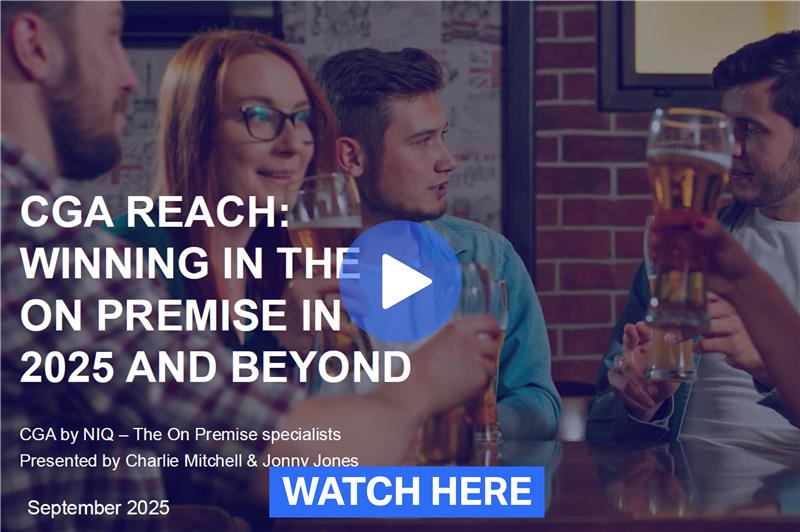
1. The On Premise is where brands win
REACH reveals consumers’ enduring passion for bars, pubs and restaurants around worldwide. Despite pressure on spending, more than four in five (83%) consumers visit the On-Premise at least quarterly. Even more encouragingly, 25% expect to visit more often over the next year, compared to 19% who will reduce their frequency. This optimism is important, because the On-Premise remains the most important channel for Beverage Alcohol brands in terms of sales—but also, critically, as a place for discovery.
More than a fifth (22%) of global consumers have trialed a new drinks brand here in the last month alone. This quickly boosts sales in other channels, because 71% of those who like a drink they tried while out would buy it again for home consumption.
2. Consumers want value and quality
The consumer demand for ‘fewer but better’ drinks continues to shape On-Premise habits and drinks brands’ strategies. Given the choice, two in three consumers would opt for less quantity and more quality when out. However, an emerging focus on value has also had a significant impact on choices, with the Long Alcoholic Drinks category—seen by most consumers to offer better value than spirits—benefitting most. Value is a top consideration in all brand positioning strategies now, but it’s important to remember that it doesn’t have to mean cheap—just worth whatever the cost that people pay.
3. Brands need local relevance in a polarizing world
The On-Premise can’t be seen as one global entity—it’s a complex landscape with nuances in consumer behaviors and preferences. Performance has polarized over 2025, with visitation dropping in countries including the US and UK but rising in South America, Africa and East & South East Asia. There are also positive signs for future spending in each of these three growing regions, as well as major opportunities despite the challenges in big markets like the US. To win anywhere, strategies need deep country-by-country understanding and local relevance.
4. Spend is condensing into big visits
Spending constraints have led to a 3.4% drop in On-Premise visits in 2025 compared to 2024, and spending is increasingly concentrated on key occasions. The ten most valuable days of 2024 generated a share of the year’s sales that was 5 percentage points higher than in 2023. Public holidays, special occasions and big sporting events are all more important than ever, and they tend to focus consumers’ minds on premiumization and experimentation. With these high-volume trading days so vital, a ‘fewer but bigger’ approach to activations and marketing is needed.
5. People want familiarity on routine visits
Guests’ preferences on everyday visits to the On-Premise can be very different to those on big occasions. People visiting for occasions like after-work drinks, dates and small-group socials over-index for more ritual-based choices and familiar brands. There is also a sharper focus on value at these times, which is driving interest in longer serves ahead of shorter ones, plus a desire for reliable consistency.
6. Eating and drinking out is getting earlier
One of the biggest global trends of recent years has been the shift towards earlier visits to the On-Premise. For example, 34% of consumers in Africa are eating out earlier than they were a year ago, while only 8% are doing so later. In the UK, the peak time for restaurant bookings is now 6.12pm, while in the US more consumers visit for drinks at brunch than late at night. These trends highlight the need to flex strategies according to time of day and align drinks with food occasions.
7. There’s a desire to disconnect
Global interest in mental wellbeing is leading a growing number of consumers to use hospitality as a way to take time out from hectic everyday life. This presents an opportunity for venues to help people disconnect and serve as a refuge. Bars like The Palace in New York and Bistecca in Sydney have shown the way, by providing incentives to guests to leave their phones behind. Of course, there’s still heavy demand for ‘Instagrammable’ aesthetics: 39% of consumers say they find social media-friendly bars appealing, and only 14% unappealing. But even more (48%) finding the idea of disconnection bars appealing—34 percentage points more than the number who find them unappealing (14%). It’s clear that venues and brands will also need to find parts to play in consumers’ digital switch-offs.
8. Interest in wellbeing is changing consumption
Consumers’ interest in their health and wellbeing continues to rise, and two in five (40%) globally say leading a healthy lifestyle is one of their top priorities. This has had consequences for alcohol consumption, and nearly two thirds (63%) are moderating their intake in some way now. The trend of purposeful intent plays to the advantage of many venues, as moderating consumers often like to choose pubs, bars and restaurants for the moments when they do indulge. Moderation doesn’t mean people want to drink out any less, and the trend has opened up opportunities for no-alcohol lower-strength alternatives.
9. People still want treats and trade-ups
Moderation is also compatible with another big On Premise trend: self-treating. REACH reveals that eating and drinking out are the two most popular ways for global consumers to treat themselves, ahead of alternatives like holidays, day trips and fashion. This has driven growth in luxury restaurants, hotels and members’ clubs, and is also prompting consumers to trade up, with well over half (58%) now likely to pay extra for a better-quality drink.
10. Bartender advocacy is crucial
Self-rewarding consumers want help to make the most of their treats. Well over half (56%) say they enjoy being educated about drinks by knowledgeable bartenders, while nearly nine in ten (88%) bar staff say they will typically make at least one drink recommendation to a guest on every shift. It’s clear that wherever bartenders are in the world, training and advocacy programmes can be a powerful route to brand growth.
To Finish
REACH is a unique survey of 33,000 consumers in 43 of the world’s most important markets, uncovering guests’ choices and decision making journeys across channel, category, and occasions and provides expert insights at both global and local level, helping beverage suppliers understand the very latest trends, big opportunities and local nuances.
Get in touch
Connect with NIQ’s experts today and unlock the trends shaping the global On-Premise.
